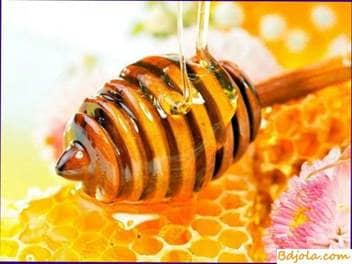
Spray honey is transparent, with a greenish tinge, crystallization becomes white, in the form of snow pellets, and sometimes resembles cream or bacon. It becomes yellow when heated; has a delicate aroma, pleasant to the taste. The bees make it from the nectar of purple-red flowers of Cyprian, or Ivan-tea, which is often found in our country in the wild. From the nectar harvested from a hectare of flowering spray, the bees produce 600 kg of honey.
Растение кустарниковые. Если в семье нет матки.
Bee Honey